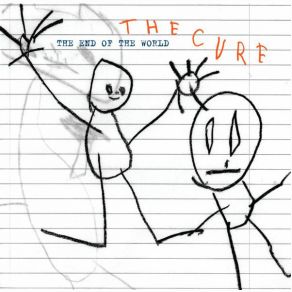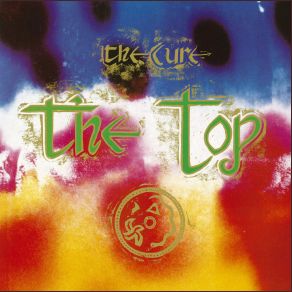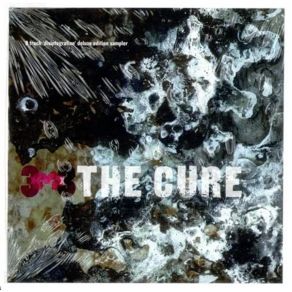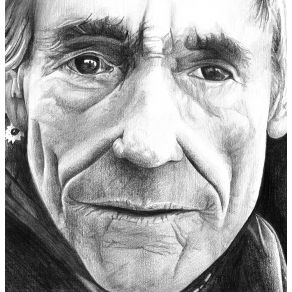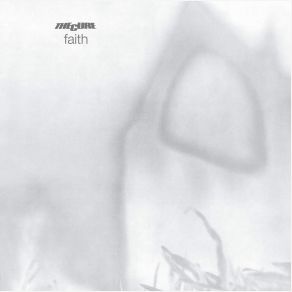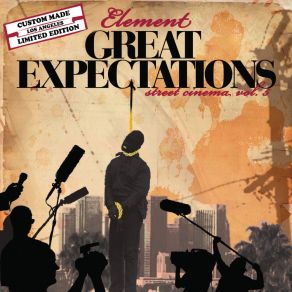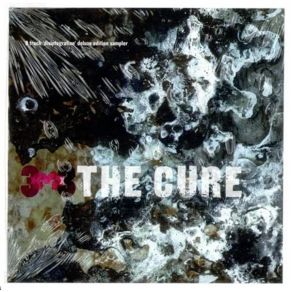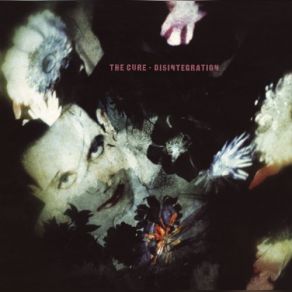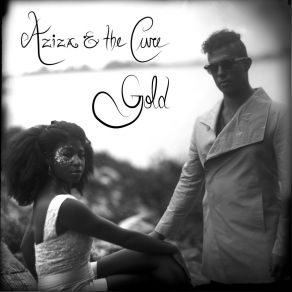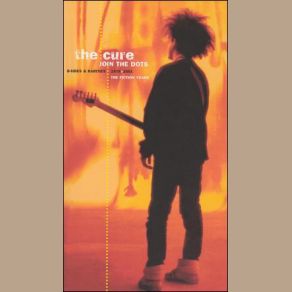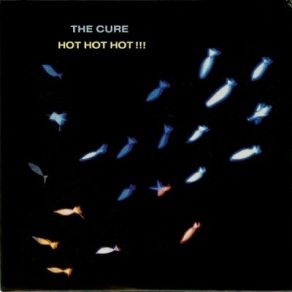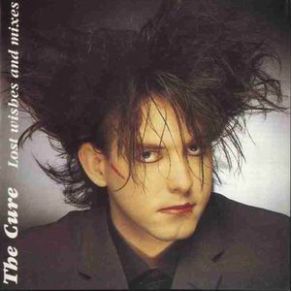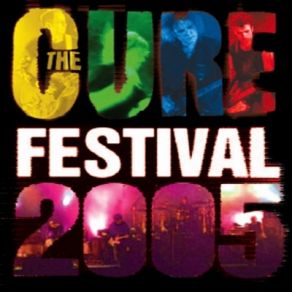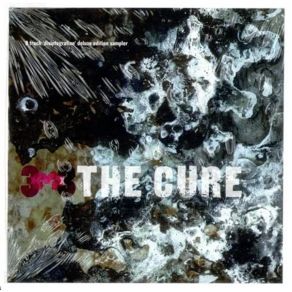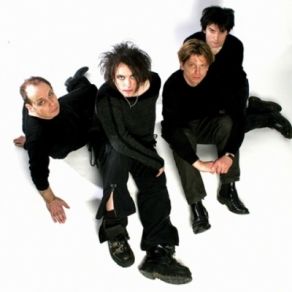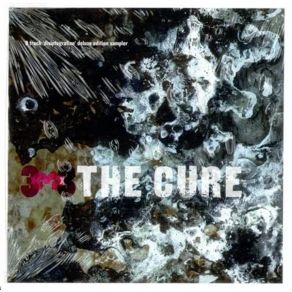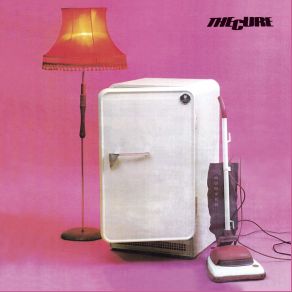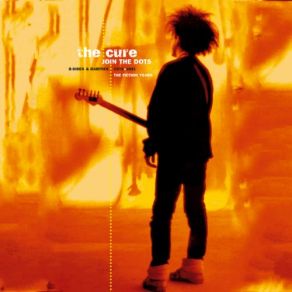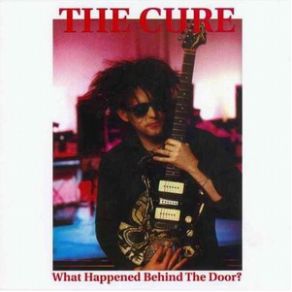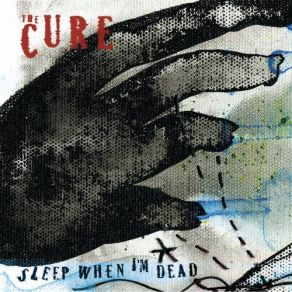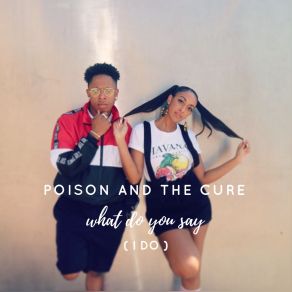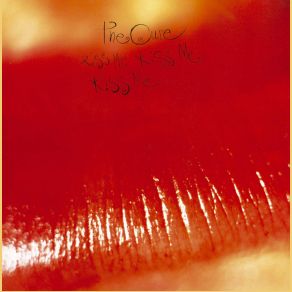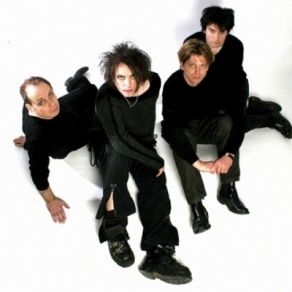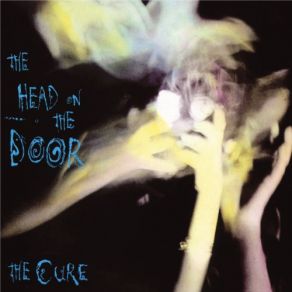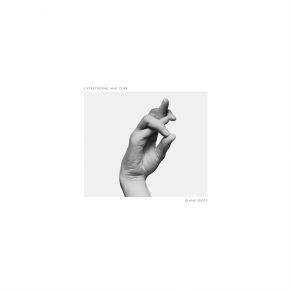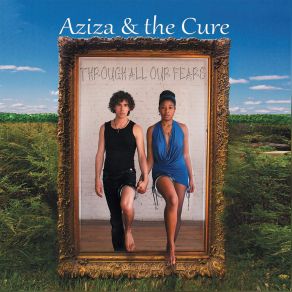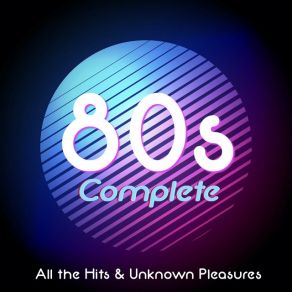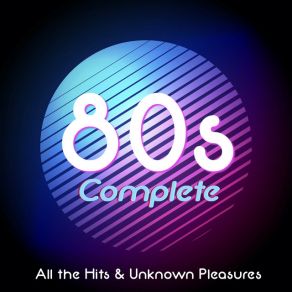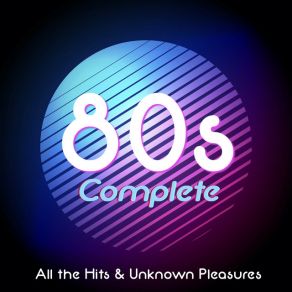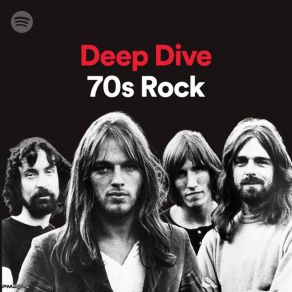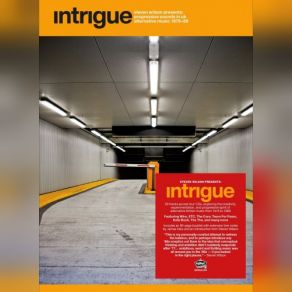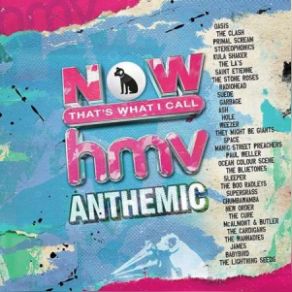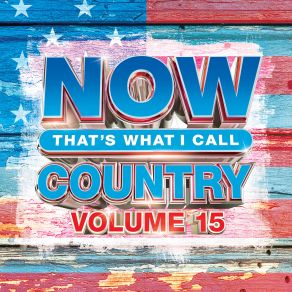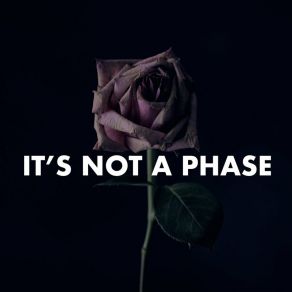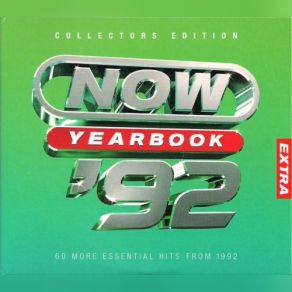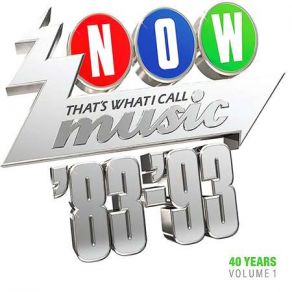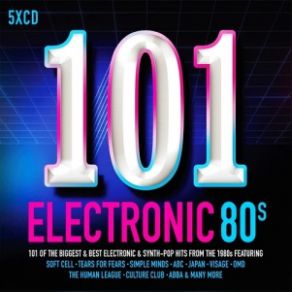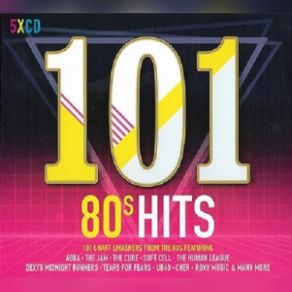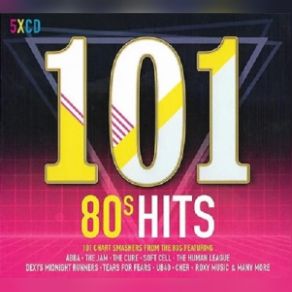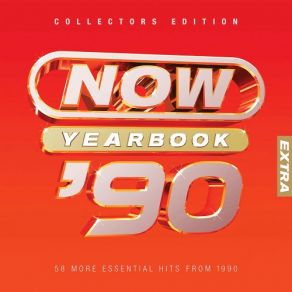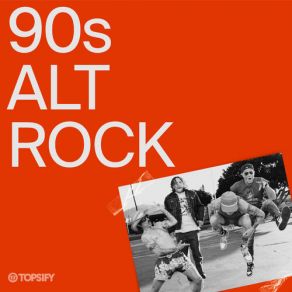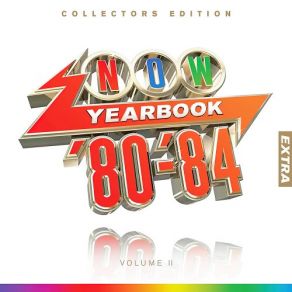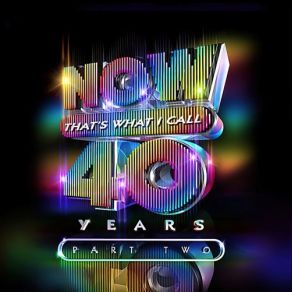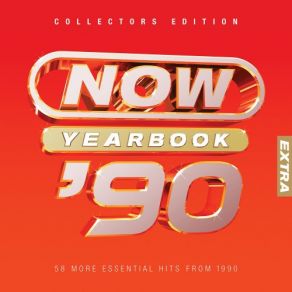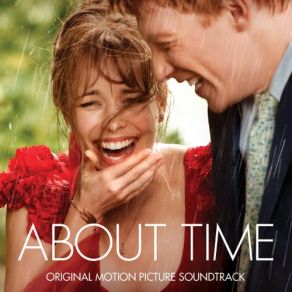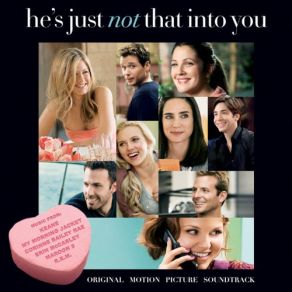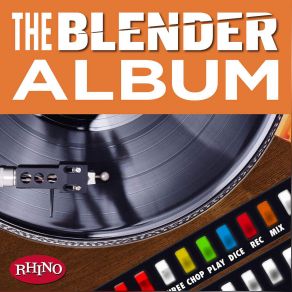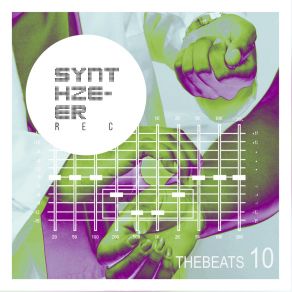The Cure
Wikimp3 information about the music of The Cure. On our website we have 70 albums and 55 collections of artist The Cure. You can find useful information and download songs of this artist. We also know that The Cure represents Alternative genres.
Biography
[Edit]Out of all the bands that emerged in the immediate aftermath of punk rock in the late '70s, few were as enduring and popular as the Cure. Led through numerous incarnations by guitarist/vocalist Robert Smith (born April 21, 1959), the band became well-known for its slow, gloomy dirges and Smith's ghoulish appearance, a public image that often hid the diversity of the Cure's music. At the outset, the Cure played jagged, edgy pop songs before slowly evolving into a more textured outfit. As one of the bands that laid the seeds for goth rock, the group created towering layers of guitars and synthesizers, but by the time goth caught on in the mid-'80s, the Cure had moved away from the genre. By the end of the '80s, the band had crossed over into the mainstream not only in its native England, but also in the United States and in various parts of Europe. The Cure remained a popular concert draw and reliable record-seller throughout the '90s, and their influence could be heard clearly on scores of new bands during the new millennium, including many that had little to do with goth.
Originally called the Easy Cure, the band was formed in 1976 by schoolmates Smith (vocals, guitar), Michael Dempsey (bass), and Laurence "Lol" Tolhurst (drums). Initially, the group specialized in dark, nervy guitar pop with pseudo-literary lyrics, as evidenced by the Albert Camus-inspired "Killing an Arab." A demo tape featuring "Killing an Arab" arrived in the hands of Chris Parry, an A&R representative at Polydor Records; by the time he received the tape, the band's name had been truncated to the Cure. Parry was impressed with the song and arranged for its release on the independent label Small Wonder in December 1978. Early in 1979, Parry left Polydor to form his own record label, Fiction, and the Cure was one of the first bands to sign with the upstart label. "Killing an Arab" was then re-released in February of 1979, and the Cure embarked on its first tour of England.
The Cure's debut album, Three Imaginary Boys, was released in May 1979 to positive reviews in the British music press. Later that year, the group released the non-LP singles "Boys Don't Cry" and "Jumping Someone Else's Train." That same year, the Cure embarked on a major tour with Siouxsie and the Banshees. During the tour, the Banshees' guitarist, John McKay, left the group and Smith stepped in for the missing musician. For the next decade or so, Smith would frequently collaborate with members of the Banshees.
At the end of 1979, the Cure released a single, "I'm a Cult Hero," under the name the Cult Heroes. Following the release of the single, Dempsey left the band to join the Associates; he was replaced by Simon Gallup at the beginning of 1980. At the same time, the Cure added a keyboardist, Mathieu Hartley, and wrapped up production on the band's second album, Seventeen Seconds, which was issued during the spring of 1980. The addition of a keyboardist expanded the group's sound, was which now more experimental and often embraced slow, gloomy dirges. Nevertheless, the band still wrote pop hooks, as demonstrated by the group's first U.K. hit single, "A Forest," which peaked at number 31. After the release of Seventeen Seconds, the Cure launched its first world tour. Following the Australian leg of the tour, Hartley exited the lineup and his former bandmates chose to continue without him, releasing their third album in 1981 (Faith) and watching it peak at number 14 in the charts. Faith also spawned the minor hit single "Primary." The Cure's fourth album, the doom-laden, introspective Pornography, was released soon after in 1982. Pornography expanded their cult audience even further and cracked the U.K. Top Ten. After the Pornography tour was completed, Gallup quit the band and Tolhurst moved from drums to keyboards. At the end of 1982, the Cure released a new single, the dance-tinged "Let's Go to Bed."
Smith devoted most of the beginning of 1983 to Siouxsie and the Banshees, recording the Hyaena album with the group and appearing as the band's guitarist on the album's accompanying tour. That same year, Smith also formed a band with Banshees bassist Steve Severin; after adopting the name The Glove, the group released its only album, Blue Sunshine. By the late summer of 1983, a new version of the Cure — featuring Smith, Tolhurst, drummer Andy Anderson, and bassist Phil Thornalley — had assembled and recorded a new single, a jaunty tune named "The Lovecats." The song was released in the fall of 1983 and became the group's biggest hit to date, peaking at number seven on the U.K. charts. The new lineup of the Cure released The Top in 1984. Despite the pop leanings the number 14 hit "The Caterpillar," The Top was a return to the bleak soundscapes of Pornography. During the world tour supporting The Top, Anderson was fired from the band. In early 1985, following the completion of the tour, Thornalley left the band. The Cure revamped their lineup after his departure, adding drummer Boris Williams and guitarist Porl Thompson; Gallup returned on bass. Later in 1985, the Cure released their sixth album, The Head on the Door. The album was the most concise and pop-oriented record the group had ever released, which helped send it into the U.K. Top Ten and to number 59 in the U.S., the first time the band had broken the American Hot 100. "In Between Days" and "Close to Me" — both pulled from The Head on the Door — became sizable U.K. hits, as well as popular underground and college radio hits in the U.S.
The Cure followed the breakthrough success of The Head on the Door in 1986 with the compilation Standing on a Beach: The Singles. Standing on a Beach reached number four in the U.K., but more importantly, it established the band as a major cult act in the U.S.; the album peaked at number 48 and went gold within a year. In short, Standing on a Beach set the stage for 1987's double album Kiss Me, Kiss Me, Kiss Me. The album was eclectic but it was a hit, spawning four hit singles in the U.K. ("Why Can't I Be You," "Catch," "Just Like Heaven," "Hot Hot Hot!!!") and the group's first American Top 40 hit, "Just Like Heaven." Following the supporting tour for Kiss Me, Kiss Me, Kiss Me, the Cure's activity slowed to a halt. Before the Cure began working on their new album in early 1988, the band fired Tolhurst, claiming that relations between him and the rest of the band had been irrevocably damaged. Tolhurst would soon file a lawsuit, claiming that his role in the band was greater than stated in his contract and, consequently, he deserved more money.
In the meantime, the Cure replaced Tolhurst with former Psychedelic Furs keyboardist Roger O'Donnell and recorded their eighth album, Disintegration. Released in the spring of 1989, the album was more melancholy than its predecessor, but it was an immediate hit, reaching number three in the U.K. and number 14 in the U.S., and spawning a series of hit singles. "Lullaby" became the group's biggest British hit in the spring of 1989, peaking at number five. In the late summer, the band had its biggest American hit with "Love Song," which climbed to number two. On the Disintegration tour, the Cure began playing stadiums across the U.S. and the U.K. In the fall of 1990, the Cure released Mixed Up, a collection of remixes featuring a new single, "Never Enough." Following the Disintegration tour, O'Donnell left the band and the Cure replaced him with their roadie, Perry Bamonte. In the spring of 1992, the band released Wish. Like Disintegration, Wish was an immediate hit, entering the British charts at number one and the American charts at number two, as well as launching the hit singles "High" and "Friday I'm in Love." The Cure embarked on another international tour after the release of Wish. One concert, performed in Detroit, was documented on a film called Show and on two albums, Show and Paris. The movie and the albums were released in 1993.
Thompson left the band in 1993 to join Jimmy Page and Robert Plant's band. After his departure, O'Donnell rejoined the lineup as a keyboardist, and Bamonte switched from synthesizer duties to guitar. During most of 1993 and early 1994, the Cure were sidelined by an ongoing lawsuit from Tolhurst, who claimed joint ownership of the band's name and also sought to restructure his royalty payments. A settlement (ruling in the band's favor) eventually arrived during the fall of 1994, and the Cure shifted their focus to the task at hand: recording a follow-up album to Wish. However, drummer Boris Williams quit just as the band prepared to begin the recording process. The group recruited a new percussionist through advertisements in the British music papers; by the spring of 1995, Jason Cooper had replaced Williams. Throughout 1995, the Cure recorded their tenth proper studio album, pausing to perform a handful of European musical festivals in the summer. The album, titled Wild Mood Swings, was finally released in the spring of 1996, preceded by the single "The 13th."
A combination of pop tunes and darker moments that lived up to its title, Wild Mood Swings received a mixed reception critically and commercially, slowing but not halting the momentum gained by Wish. Galore, the Cure's second singles collection focusing on the band's hits since Standing on a Beach, appeared in 1997 and featured the new song "Wrong Number." The Cure spent the next few years quietly — giving a song to the X-Files soundtrack, Robert Smith appearing in a memorable episode of South Park — re-emerging in 2000 with Bloodflowers, their last album of original material, for Fiction. Designed as the final installment in a heavy goth trilogy that stretched all the way back to Pornography and included Disintegration, Bloodflowers was well-received and a respectable success, earning a Grammy nomination for Best Alternative Music Album. The next year, the Cure closed out their contract with Fiction with the career-spanning Greatest Hits, which was also accompanied by a DVD release of their most popular videos. During 2002, they spent some time on the road, capping off their tour with a three-night stand in Berlin, where they played each album of their "goth trilogy" on a different night; the event was documented on the home video release Trilogy.
The Cure signed an international deal with Geffen Records in 2003 and then launched an extensive reissue campaign in 2004 with the rarities box set Join the Dots: B-Sides & Rarities, 1978-2001 (The Fiction Years); double-disc expanded editions of their earliest albums soon followed. Also in 2004, the band released its first album for Geffen, an eponymous effort recorded live in the studio. Heavier but not necessarily harder — and certainly not gloomier than Bloodflowers — The Cure was partially designed to appeal to a younger audience familiar with the Cure through their influence on a new generation of bands, many of which were showcased as opening acts on the band's supporting tour for the album. The Cure underwent another lineup change in 2005, as Bamonte and O'Donnell left the group and Porl Thompson came back for his third stint. This new, keyboard-less lineup debuted in 2005 as the headlining act at the benefit concert Live 8 Paris, then headed out on the summer festival circuit, highlights of which were captured on the 2006 DVD release Festival 2005. The Cure popped up on various festivals over the next two years, playing a more extensive European tour in early 2008, as they completed their 13th album. Originally conceived as a double album, the record was split in two prior to its release, with the lighter, poppier material released first as 4:13 Dream in October 2008. After a three-year break, the group returned to the live circuit with their "Reflections" tour — kicking off in Australia and seeing the return of original drummer and keyboardist Lol Tolhurst after some 22 years — which saw the band play their first three albums, Three Imaginary Boys, Seventeen Seconds, and Faith, in their entirety. A career-spanning 150-minute headline slot at 2011's Bestival on the Isle of Wight was recorded and released that same year and the band continued to tour throughout 2012 and 2013 with festival shows in Europe and North America and headline shows in Latin America. In early 2014, Smith announced that they would release the follow-up to 4:13 Dream later in 2014, and would also follow up their "Reflections" tour with another series of full album shows, this time performing The Top, The Head on the Door, and Kiss Me, Kiss Me, Kiss Me in their entirety.
Title: BBC Radio Sessions 1979-1985 (CD11: 1985-09-13 - Saturday Night Live, UK)
Artist: The Cure
Genre: New Wave, Post Punk, Alternative
Title: 40 Live (Curætion-25 + Anniversary) (CD1)
Artist: The Cure
Genre: Rock, Indie Rock, New Wave, Post Rock
Title: BBC Radio Sessions 1979-1985 (CD3: 1979-08-13 - Kid Jensen Session, London)
Artist: The Cure
Genre: New Wave, Post Punk, Alternative
Title: BBC Radio Sessions 1979-1985 (CD9: 1984-02-15 - Richard Skinner, London)
Artist: The Cure
Genre: New Wave, Post Punk, Alternative
Title: 40 Live (Curætion-25 + Anniversary) (CD2)
Artist: The Cure
Genre: Rock, Indie Rock, New Wave, Post Rock
Title: The Cure In Orange (Disc 1)
Artist: The Cure
Genre: Electronica, Rock, Alternative Rock, Darkwave, New Wave, Synth Pop
Title: The Head On the Door (Remastered) [Bonus Version]
Artist: The Cure
Genre: Rock, New Wave, Pop, Alternative
Title: Acoustic Hits
Artist: The Cure
Genre: Alternative Rock, New Wave, Psychedelic Rock, Pop Rock, Acoustic
Title: Trilogy (Part 4)
Artist: The Cure
Genre: Electronica, Rock, Alternative Rock, Synth Pop, Alternative
Title: Kiss Me, Kiss Me, Kiss Me (Remastered) [Bonus Version]
Artist: The Cure
Genre: Rock, Pop, Alternative
Title: The Cure In Orange (Disc 2)
Artist: The Cure
Genre: Electronica, Rock, Alternative Rock, Darkwave, New Wave, Synth Pop
Title: The Head On The Door (Deluxe)
Artist: The Cure
Genre: Industrial, Rock, Alternative Rock, New Wave, Punk, Hardcore Punk, Post Punk, Gothic Metal, Pop, Pop Rock
Collections
Title: 80s Complete (800 Tracks From 80s) (CD1)
Genre: Hip Hop/R&B, Rock, Punk Rock, Pop
Title: 80s Complete (800 Tracks From 80s) (CD2)
Genre: Hip Hop/R&B, Rock, Punk Rock, Pop
Title: 80s Complete (800 Tracks From 80s) (CD6)
Genre: Hip Hop/R&B, Rock, Punk Rock, Pop
Title: 80s Complete (800 Tracks From 80s) (CD10)
Genre: Hip Hop/R&B, Rock, Punk Rock, Pop
Title: 80s Complete (800 Tracks From 80s) (CD13)
Genre: Hip Hop/R&B, Rock, Punk Rock, Pop
Title: 80s Complete (800 Tracks From 80s) (CD15)
Genre: Hip Hop/R&B, Rock, Punk Rock, Pop
Title: 80s Complete (800 Tracks From 80s) (CD16)
Genre: Hip Hop/R&B, Rock, Punk Rock, Pop
Title: Bravo Hits Party-80er 2022 (CD2)
Genre: Hip Hop/R&B, Rock, Punk Rock, Pop
Title: Music For New Romantics 2022 (CD2)
Genre: Electronica
Title: Bravo Hits Party - 80er (CD2)
Genre: Pop
Title: The # 1 80s Synth Pop 2022 (CD3)
Genre: Synth Pop
Title: NOW Yearbook '85 Extra (CD2)
Genre: Soul, Jazz, Alternative Rock, Indie Rock, New Wave, Psychedelic Rock, Rock & Roll, Dancefloor, Latin, Disco, Pop Rock, Synth Pop
Title: Now Yearbook '80-'84 Extra (CD4)
Genre: Rock, Punk Rock, Pop, Alternative
Title: Everybody's Got To Learn Sometime - The 80's 2023 (CD2)
Genre: Hip Hop/R&B, Rock, Punk Rock, Pop
Title: 80s Throwbacks Hits 2023 (CD2)
Genre: Hip Hop/R&B, Soul, Rock, Punk Rock, Pop
Title: Ultimix Back Spins 31 2023
Genre: Electronica
Title: Gary Crowley's Punk & New Wave 2 (CD3)
Genre: Punk
Title: Now That's What I Call Hmv & Anthemic (CD2)
Genre: Hip Hop/R&B, Rock, Punk Rock, Pop
Title: 70's Drive - Rock
Title: Now That's What I Call Music! 15 (CD2)
Genre: Hip Hop/R&B, Rock, Punk Rock, Dancefloor, Pop, Dance Pop
Title: Now 80s Alternative (CD3)
Genre: Rock, New Wave, Punk Rock, Pop, Pop Rock, Alternative
Title: Now Yearbook '92 Extra (CD2)
Genre: Electronica, Soul, Rock, Punk Rock, Pop
Title: 90's Drive - Rock 2023
Title: It's Not A Phase 2023
Genre: Alternative
Title: Now That's What I Call 40 Years Vol. 1 - 1983-1993 (CD1)
Genre: Pop
Title: 101 Electronic 80s (CD2)
Genre: Electronica, Hip Hop/R&B, Jazz, Rock, Punk Rock
Title: 101 Electronic 80s (CD1)
Genre: Electronica, Hip Hop/R&B, Jazz, Rock, Punk Rock
Title: 101 80s Hits (CD4)
Genre: Electronica, Rock, Punk Rock, Pop
Title: 101 80s Hits (CD1)
Genre: Electronica, Rock, Punk Rock, Pop
Title: NOW Yearbook 1990 (CD2)
Genre: Electro, Hip Hop/R&B, Soul, Rock, Indie Rock, Punk Rock, Dancefloor, Pop, Dance Pop, Alternative, Funk
Title: NOW 12'' 80's Part 1 (CD4)
Genre: Pop
Title: NOW 12” 80s: 1982 (CD4)
Genre: Electronica, Soul, Pop
Title: 90's Alt Rock 2024 (CD2)
Genre: Rock, Punk Rock, Pop, Alternative, Indie
Title: Now Yearbook 1987 (CD3)
Genre: Electronica, Rock, Pop
Title: New Music Releases Week 41 Of 2024 (CD1)
Genre: Electro, Hip Hop/R&B, Rap, Blues, Jazz, Rock, Punk Rock, Dancefloor, World Music, Latin, Pop, Dance Pop, Alternative, Songwriter/Lyricist, Folk
Title: Week Single Vol. 228
Genre: Hip Hop/R&B, Jazz, Rock, Punk Rock, Country, Pop, Alternative, Indie, Classical
Featuring albums
Title: Late Night Tales: Groove Armada
Artist: Groove Armada
Genre: Electronica, House, Techno, Hip Hop/R&B, Soul, Jazz, Rock, Glam Rock, Dancefloor, Pop, Dance Pop, Funk, Bop
Title: Marie Antoinette (Original Motion Picture Soundtrack)
Artist: Various Artists
Genre: Theatre/Soundtrack
Title: Underworld Awakening (Original Motion Picture Soundtrack)
Artist: Various
Genre: Theatre/Soundtrack
Title: About Time
Artist: Various Artists
Genre: Hip Hop/R&B, Rap, Soul, Pop, Theatre/Soundtrack, K-Pop
Title: Judge Dredd Original Motion Picture Soundtrack
Artist: Original Motion Picture Soundtrack
Genre: Rock
Title: ThriveMix Presents: Electro 2
Artist: Various Artists - Mixed By LA Riots
Genre: Electronica, Dancefloor
Title: He's Just Not That Into You: Original Motion Picture Soundtrack
Artist: Various Artists
Genre: Theatre/Soundtrack
Title: Masterpiece Annie Nightingale - Ministry of Sound
Artist: Annie Nightingale
Genre: Electronica, Dancefloor, Dance Pop
Title: Underworld Awakening (Original Motion Picture Soundtrack)
Artist: Various Artists
Genre: Theatre/Soundtrack
Title: One - Winged Angel
Artist: Scala & Kolacny Brothers
Genre: Electronica, World Music, Experimental, Classical
Title: Blank & Jones Present - So80s 8 (So Eighties) (CD2)
Artist: Blank & Jones
Title: Ministry Of Sound Anthems Electronic 80s (CD3)
Artist: Ministry Of Sound
Genre: Electronica, Club/Dance, Disco, Nu Disco, Pop
Title: Sing Street (Original Motion Picture Soundtrack)
Artist: Various Artists
Genre: Theatre/Soundtrack
Title: The Rules of Attraction (Music from the Motion Picture)
Artist: Various Artists
Genre: Theatre/Soundtrack
Title: Dubstep Grime Bass 2017 Top 100 Hits DJ Mix
Artist: Various Artists
Genre: Electronica, Dancefloor, Dance Pop
Title: Dubstep 2017 Top 100 Hits DJ Mix
Artist: Various Artists
Genre: Electronica, Dancefloor, Dance Pop
Title: 13 Reasons Why (A Netflix Original Series Soundtrack)
Artist: Various Artists
Genre: Theatre/Soundtrack
Title: 100 Top Workout Music Hits 2017 EDM Bass Fitness 6 Hr Aerobics Mixes
Artist: Various Artists
Genre: Electronica
Title: Generations: 3 Decades Of Dance (CD3)
Artist: Paul Oakenfold
Genre: Ambient, Breakbeat , Garage, Trance, Techno, Reggae, Funk
Title: The Rules of Attraction (Original Motion Picture Soundtrack)
Artist: Various Artists
Genre: Theatre/Soundtrack
Title: Adventureland (Original Motion Picture Soundtrack)
Artist: Various Artists
Genre: Theatre/Soundtrack
